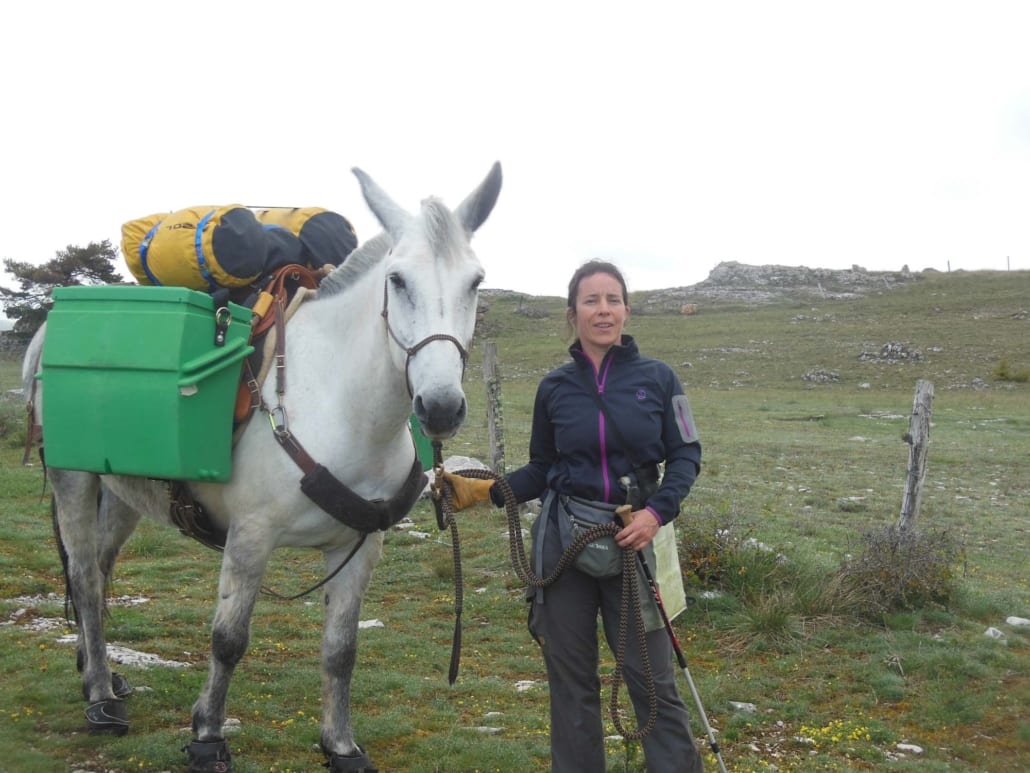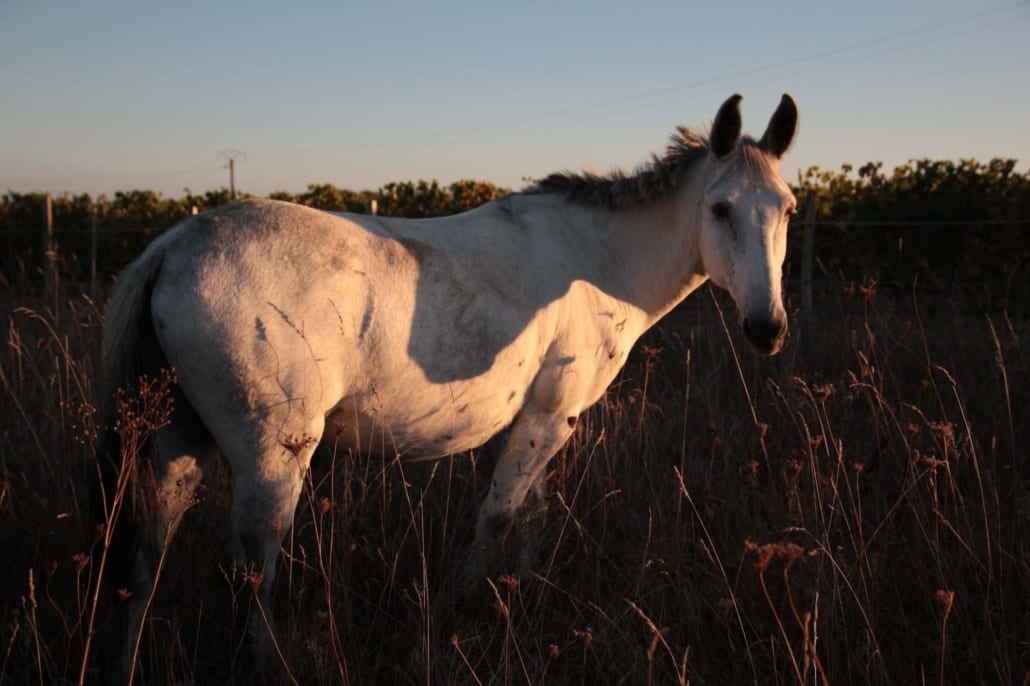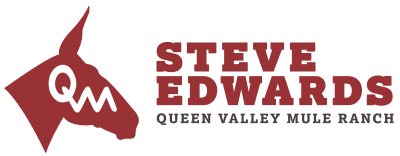The Difference Between Mule Tack and Horse Tack
Maybe you have always wanted a horse or you used to have a horse and would like to get another equine. Lately, you’ve been hearing a lot about mules and the idea of owning a mule intrigues you. After doing some research about mules, you decide you want one, so you buy the mule of your dreams.
You have a lot of horse tack in your barn and figure you can use it on your mule. Horses and mules are related, they’re both equines. Why not? I’m here to tell you why that’s a bad idea if you love your mule.
Mules and Horses Are Different. Period.
Yes, mules are bred from horses and donkeys, but they are more like a donkey than a horse. Mules and horses are structurally different, which is why there’s a difference between mule tack and horse tack.
Mules have the skeletal structure of a donkey. Their shoulders are configured like a V, they carry their weight low and often have a larger belly. The withers in a mule may be visible, but if they are present, they’re only good for the lateral stability of the saddle.
The shoulders of a horse, on the other hand, are configured like an A. They carry their weight high and the withers support the saddle.
When a horse walks, his scapulae swing laterally. On the other hand, a donkey and mule have a vertical movement of the scapulae. The scapulae needs to have free and unimpaired movement. Hence the reason for different tack.

This is the Mule Tack You Need for Riding Your Mule
When I share this information at my live clinics, I hear this from folks: “Steve, I have been riding without a breaching for years and never had a problem.” “I just don’t see the need to ride with a second cinch.”
I say, “Then don’t ride the mule.”
If you care about your mule, you must have all the correct mule tack.
Here is a list of mule tack I tell every client who asks, “Steve, I’m going to get one of your saddles. What do I need for the whole setup?”
- Saddle
- Saddle Pad
- 2 Cinches
- Breast Collar
- Breeching
- Split Reins
- Stirrups or Tapaderos
- Beta Bridle & Reins or Headstall
Because of the way the mule’s bone structure is, it’s imperative that mules and donkeys use a breeching, a leather strapping that attaches to the top of the saddle to keep it from moving forward and backward. The two cinches that attach to the sides of the saddle keep it from moving from side to side.
The saddle pad has to fit the conformation of the mule and donkey which helps the mule to sweat under the saddle, cushioning, cooling and lubricating his back to help prevent soreness and hot spots. No square skirted saddle pads!
We communicate to the mule or donkey through the bit and bridle. The bit and bridle must be designed according to the structure of the mule’s head.
Do I Need to Use All That Mule Tack?
You could ride bareback, but why? Some people think if you’re going for a short ride, you don’t need a breeching, but you do.
There are no shortcuts. Don’t assume your mule is okay. Don’t believe that your mule, donkey, or tack is the exception.
Every time you ride, you need to use everything in the list above. The list provided is what you need. Period.
Horse Tack Required for Riding
The tack store is full of specialty items that help you ride. All of this equipment can be intimidating for a seasoned rider, let alone a beginning rider who just wants to know which items are necessary for riding and which ones aren’t.
The specific horse tack you need varies depending on your level of experience, your horse’s level of training, and the riding disciplines you want to do with him.
The average horse rider uses this basic tack:
- Saddle
- Saddle Pad
- Girth
- Bridle with Reins
The saddle sits on the horse’s back, on top of the saddle pad, secured by the girths. The bridle and reins go on the horse’s head and helps you direct the horse the way you want him to go.
Once you have the basics down and know the riding style you prefer, there is a wide variety of tack you can try until you find what works best for you. Breast collars, back girths, tie-downs, martingales, and decorative tack all have different uses, and your trainer or an experienced horse person can help you decide what you need.
Why do Mules and Horses Have Different Tack Needs?
Because there are different ways to communicate with mules and horses, different tack is required for each of them. Now I already talked about the fact that a mule’s scapula moves up and down, while a horse’s scapula moves back and forth, that mules and horses have different shaped shoulders, they carry their weight differently, and their withers present differently.


Another thing that is different in mules and horses is their spines. Look at a mule’s back near the rear of the spine and you’ll see three bones sticking up. That’s right where your saddle sits. A saddle is made of hard leather, when the spine rubs against the leather, it can cause something called a fistula – it’s not a good thing for your mule. So mule saddles need the skirting separated in the rear to make room for the unique shape of the mule’s spine.
A horse’s spine is different. When looking at the rear of a horse saddle where it sits on a horse’s back, you’ll notice the skirting is leather-bound which binds the two sides of the saddle together in the middle. Skirting on a horse saddle can be bound together. That’s fine for a horse.
The structure of the mule’s palet is completely different from a horse. Their nose is longer, their mouth has nuanced differences from a horse. Because of this, the Mule Rider’s Martingale or a Trail Rider are the bits that work best for communicating with your mule.
Maybe you’ve heard all this before. Good! But I don’t think you can hear this enough. That’s why I repeat this information as often as I can because I care about mules and donkeys. I want them to be cared for and rode properly; I don’t want them to be in pain.
Listen to your mule. Take the time to make the mule and donkey your friends.
I’m Here to Help
If you are thinking about using your old horse tack on your mule or are in the market for new mule tack, I hope this advice helps you. Just remember, it all starts by building a foundation with your mule.
As always, you can give me a call or send me an email, including photos and videos, about any questions you have about mules and donkeys.
Happy Trails to you!
- Posted in: Articles, Everything, Tack & Gear
- Tagged: Articles, Everything, Tack & Gear



2 thoughts on “The Difference Between Mule Tack and Horse Tack”
I purchased a mule in November, and now I want to ride him, but I don’t know where to purchase a breeching or tack for him in my area, or online. I live in Michigan, near Battle Creek. If you could give me some places to look for tack, I would appreciate it. Thank You. Thea Main
The best place I know to get tack that is made just for mules is Queen Valley Mule Ranch . com. The tack there is of great quality and is reasonably priced! You can get everything you need there. He also has several training videos that can be of great help. ( I have been training for years and I find them very helpful) .